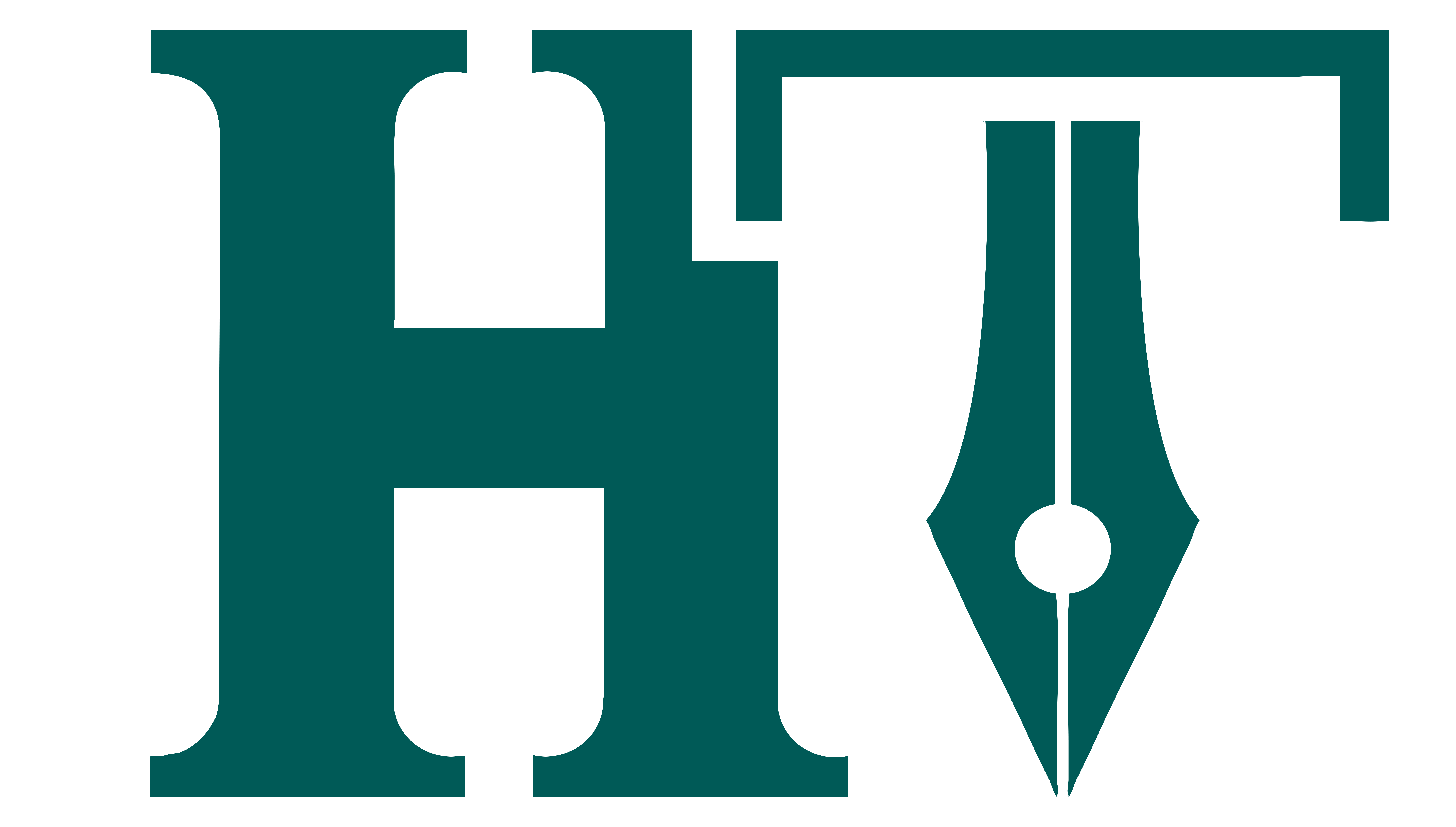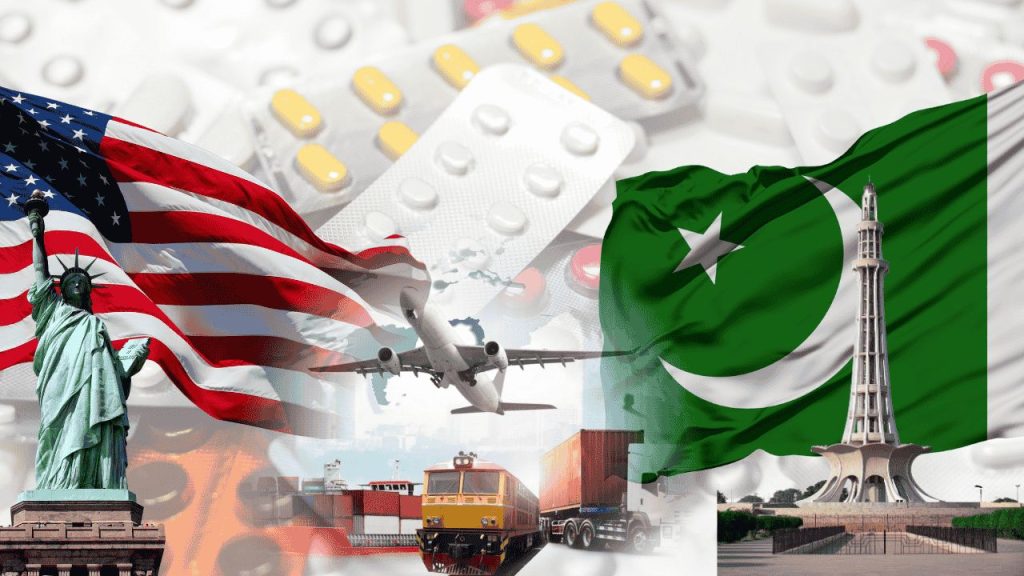KARACHI: Pakistan’s pharmaceutical industry is eyeing unprecedented growth in exports to the United States following the implementation of a new U.S. tariff policy. The revised structure gives Pakistan a clear competitive edge over regional rivals like India and China, paving the way for a stronger foothold in one of the world’s largest healthcare markets.
Under the new policy, Pakistani medicines face a 19% tariff when entering the U.S., compared to 25-50% for India and up to 50% for China. Industry experts believe this advantage could significantly increase Pakistan’s pharmaceutical export volumes and foreign exchange earnings provided companies secure the necessary U.S. FDA approvals and meet stringent international quality standards.
“The current favorable tariff structure presents a remarkable opportunity for Pakistan’s pharmaceutical sector to expand into the U.S. market and capture unmet demand,” said healthcare sector expert and financial advisor Shahzad Haider. “Joint efforts are needed between the government and industry to ensure compliance with U.S. regulatory requirements.”
Global Gaps Create a Supply Opportunity
India and China currently dominate the U.S. pharmaceutical import market, with exports valued at over $8.5 billion and $2.5 billion respectively in 2024. Higher tariffs on these suppliers create an opening for alternative exporters like Pakistan, especially as the U.S. faces medicine shortages in its healthcare sector.
Haider stressed that this is the right time for Pakistan to create a strategic roadmap for penetrating the U.S. market, forming long-term supply agreements, and enhancing production capacity. He added that Pakistan’s strengthening diplomatic ties with the U.S. could further facilitate trade and regulatory approvals.
Capacity and Compliance Challenges
While Pakistani pharmaceutical products are capable of meeting U.S. standards with proper certification, limited production capacity remains a hurdle. Industry leaders emphasize that investment in modern manufacturing facilities and strict compliance with FDA and other global regulatory bodies will be essential for sustained growth.
“Long-term contracts with U.S. buyers could encourage expansion of local pharma units, attracting both domestic and foreign investment,” Haider noted. “With the right strategy, Pakistan could potentially double its pharma exports within two years.”
Industry Perspectives
Former Chairman of the Pakistan Pharmaceutical Manufacturers Association (PPMA), Dr. Kaiser Waheed, highlighted that Pakistan is already exporting herbal medicines to the U.S., but volumes remain low. He believes there is significant untapped potential for a wide range of Pakistani pharmaceutical products especially those recognized by global drug authorities to enter the U.S. market with FDA approval.
Improving bilateral trade relations between Pakistan and the U.S. is expected to accelerate these opportunities in the coming months.
Record-Breaking Export Growth
According to the Pakistan Bureau of Statistics, pharmaceutical exports surged by 34% year-on-year to reach $457 million in FY2024-25, marking the highest percentage growth in over 20 years. This success is attributed to sector deregulation, innovation, and expanding access to global markets. Pakistan currently exports medicines to more than 70 countries across Europe, the U.S., Central Asia, Africa, and beyond.



Comments (0)
No comments yet. Be the first to comment!
Leave a Comment